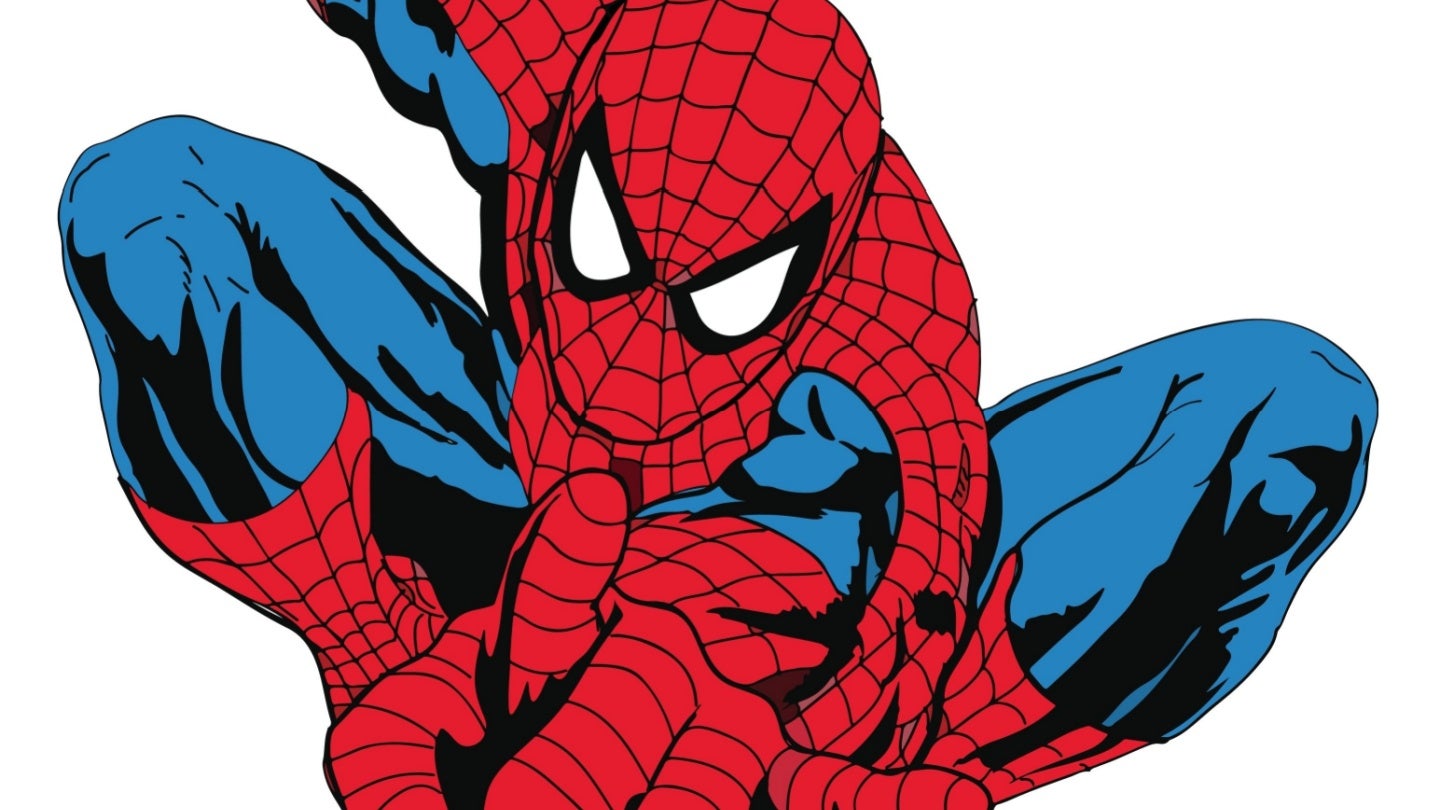Comics sales have always been rocky, but the market has been experiencing something of a boom post-Covid. However, the single-issue format continues to be an unpopular way of reading the latest stories. In response, Marvel Comics has turned to QR code technology to incentivise sales of its periodical floppy comics—and hopefully cut down on spoilers.
A brief history of comics and sales
The history of comics is one of diminishing sales and murky data. In its early days, it wasn’t unusual for big-name single-issue comics to sell a million copies. Later, in 1991, X-Men #1 sold more than eight million, making it the best-selling single-issue comic in history. In the decades following, selling a few hundred thousand copies was the aim. Since then, it’s become difficult to judge, with official numbers and reliable sales charts disappearing.
However, during the Covid-19 pandemic, the market saw enormous growth. Online trade magazine ICv2 reported that sales of comics and graphic novels grew by an impressive 62% in the US and Canada in 2021 and again by a further 4% in 2022. 2023 saw a fall of 7%, but this still marks a gigantic rise from pre-pandemic numbers.
But it’s become clear that the industry relies on other formats, namely collected graphic novels and manga. The single issue is on its way out. This is likely due to the format’s price. One issue costs $4.99, sometimes a dollar more or less. And this format is a less-than-optimal way of reading a story.
There are often long waits between issues, and 24 pages isn’t a lot of content for the price. If you’re willing to wait, the collected graphic novel is usually priced around $20 to $25 and often collects six to eight issues, meaning the story can be read without month-long breaks, for better value, and without adverts on every other page.
The QR gimmick
Marvel Comics has turned to QR code technology to bolster sales of its less popular single-issue ‘floppy’ releases. Starting in several X-Men comics in July 2024, a final page featuring a giant QR code began appearing. When scanned, these codes take readers to a ‘bonus page’. This upset a lot of fans, with many questioning just what sort of content Marvel would begin locking behind a QR code and how vital it would be to the story.

US Tariffs are shifting - will you react or anticipate?
Don’t let policy changes catch you off guard. Stay proactive with real-time data and expert analysis.
By GlobalDataMarvel Comics’ VP of publishing and executive editor, Tom Brevoort, has since explained that these are purely bonus pages and weren’t removed from the original story; they’re “an extra page”. But fans disagree about how ‘extra’ these pages are, with many seeing them as integral to the story. It has also been confirmed that these extra pages will be printed in the collected editions, with the QR codes removed, suggesting they are purely a way to entice the portion of readers still buying single issues.
It is also a way to combat spoilers. Usually, a day before release, comics have already been scanned and uploaded online, with the big twists revealed. By hiding the final page behind a code that doesn’t go live until release, Marvel and Brevoort hope it will avoid spoilers.
Marvel Comics’ history with technology
This is not Marvel’s first attempt at including technology in its comics. In 2012, it started using augmented reality (AR) tech to improve the comic-reading experience. Readers would look out for a small “AR” symbol in the corner of a panel and use Marvel’s AR app to scan it.
This would take the user to a page full of exclusive content. Or, at least, that was the plan. Unlike the QR codes, these AR symbols did make it to the collected editions. When I read one recently and attempted to use the AR function, I received a message saying the service was no longer active. This leaves an entire era of comics plastered with now-useless AR markers.
Even though the QR code idea seems to have backfired (like the AR symbols before it), Marvel Comics has historically been quite adept at changing with the times. Its digital platform, ‘Marvel Unlimited,’ is a collection of issues from its 80-year history, and from a preservation standpoint, it is an excellent archive of tens of thousands of stories.
Whether the QR codes will continue beyond a few first issues remains to be seen. However, Marvel Comics and its peers will continue to experiment with technology. It’s a tale almost as old as the industry itself. Whether it’s QR codes, AR technology, glow-in-the-dark covers, bundling comics with trading cards, or letting fans vote on a character’s death, a new gimmick emerges when sales need a boost.









